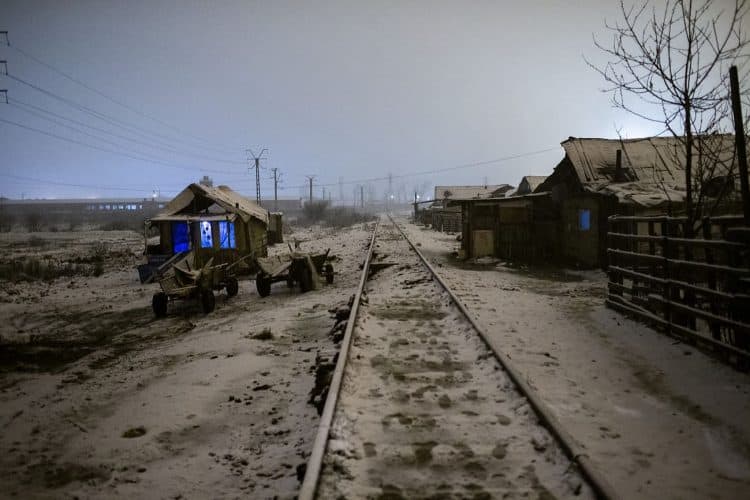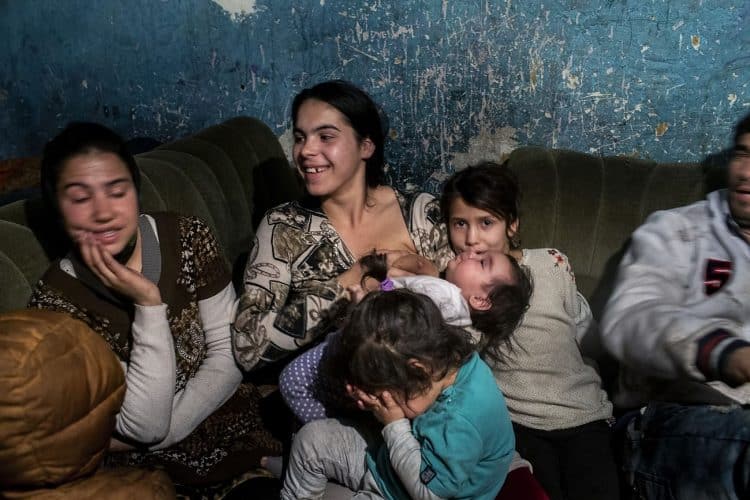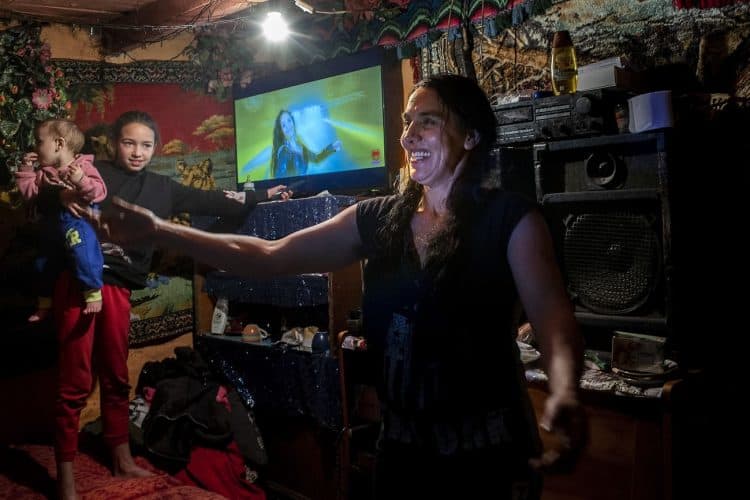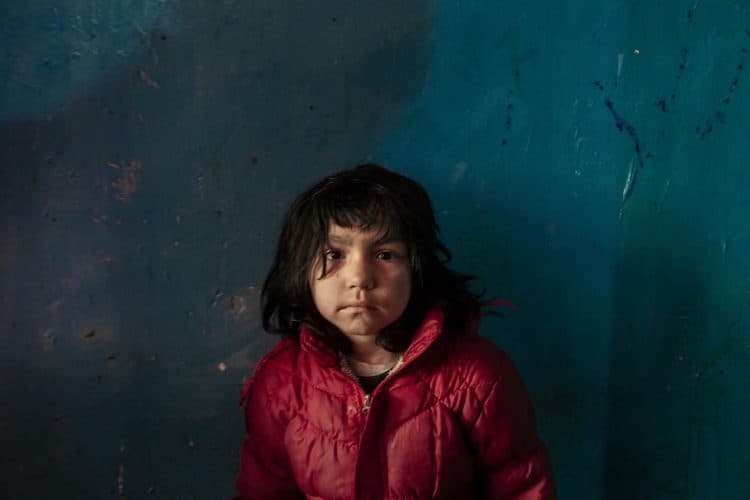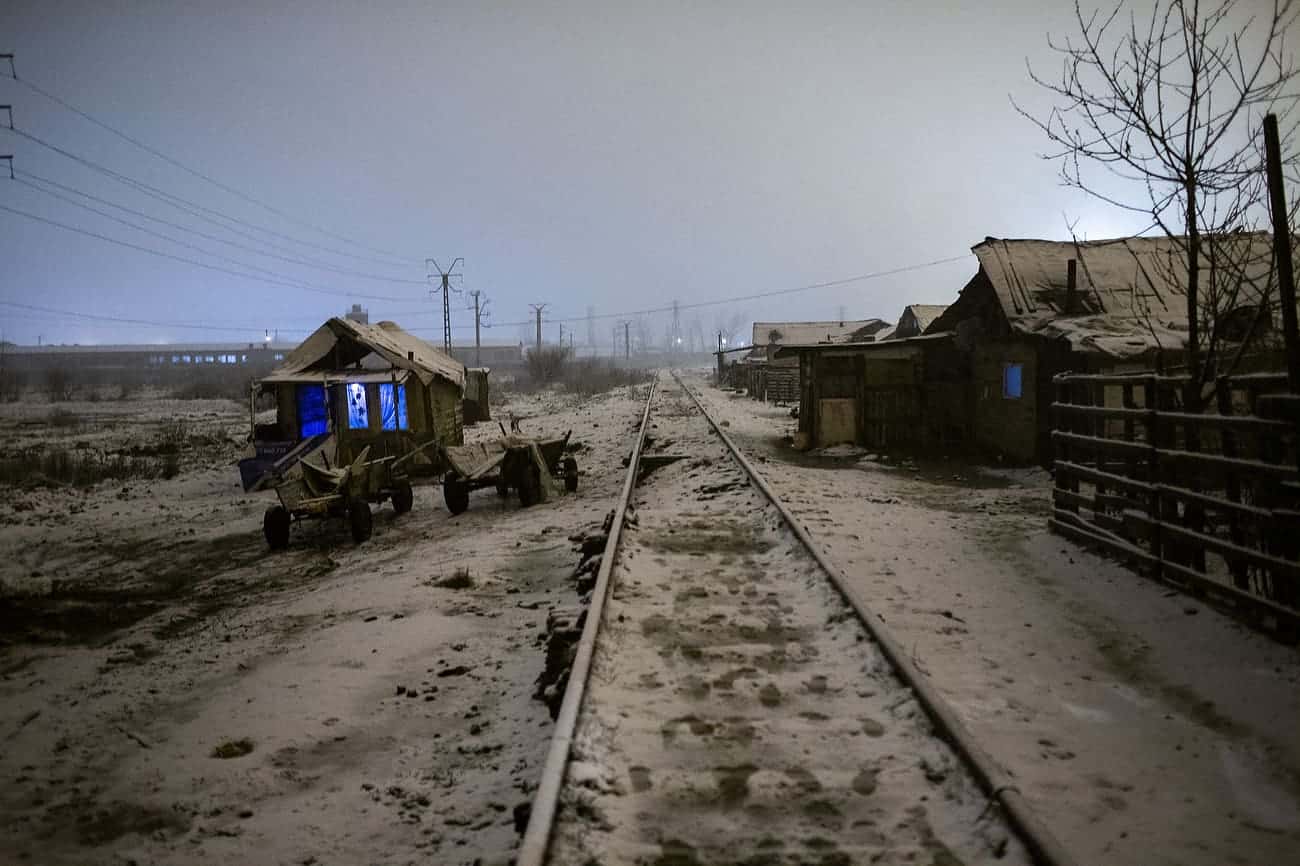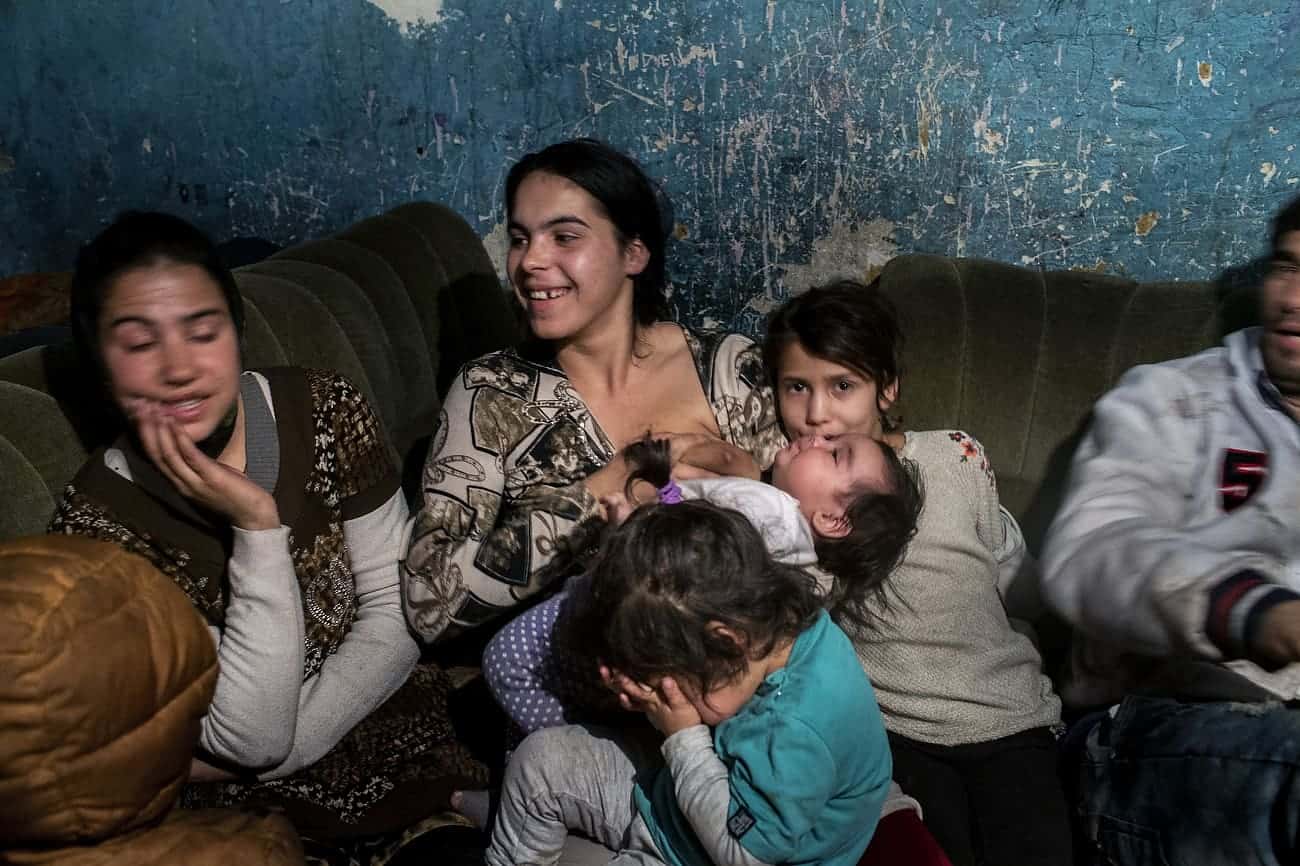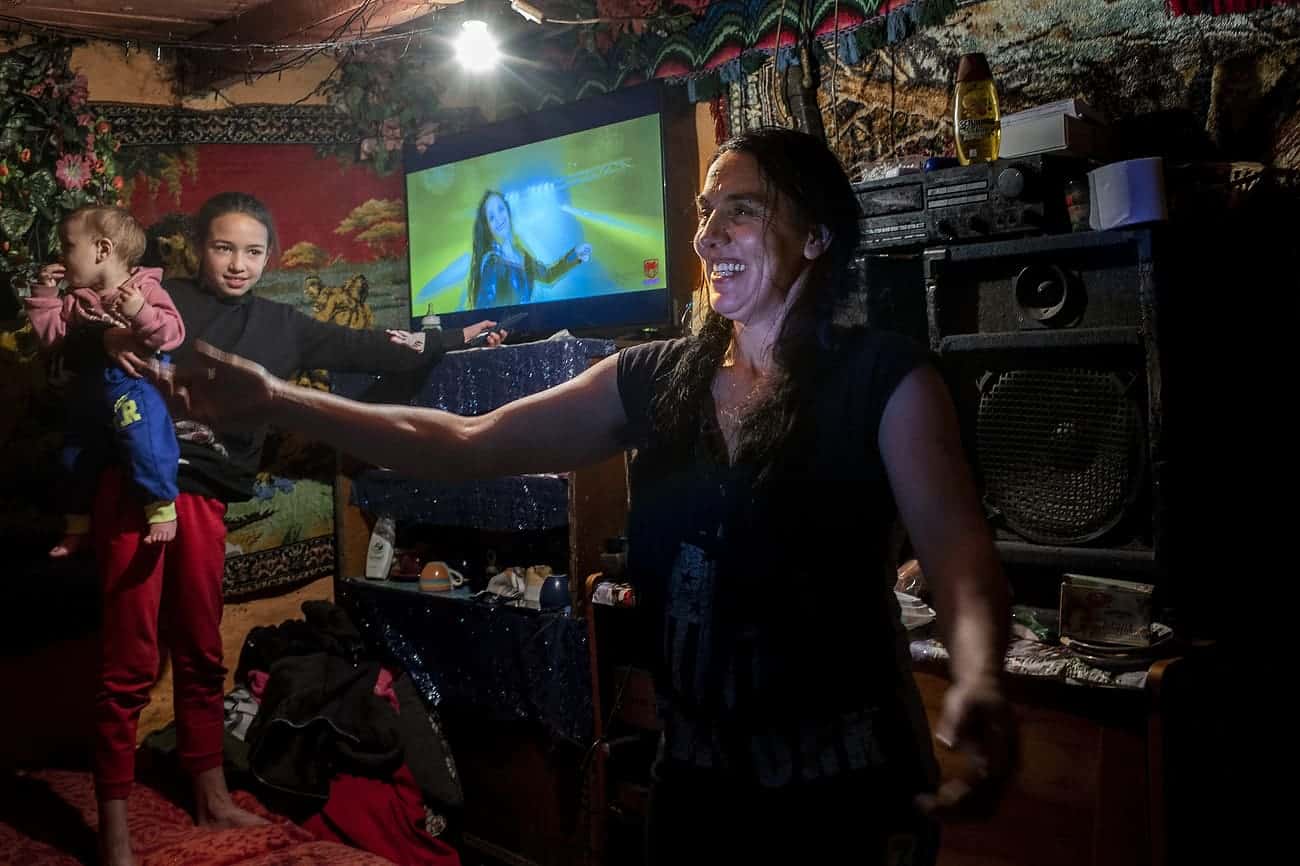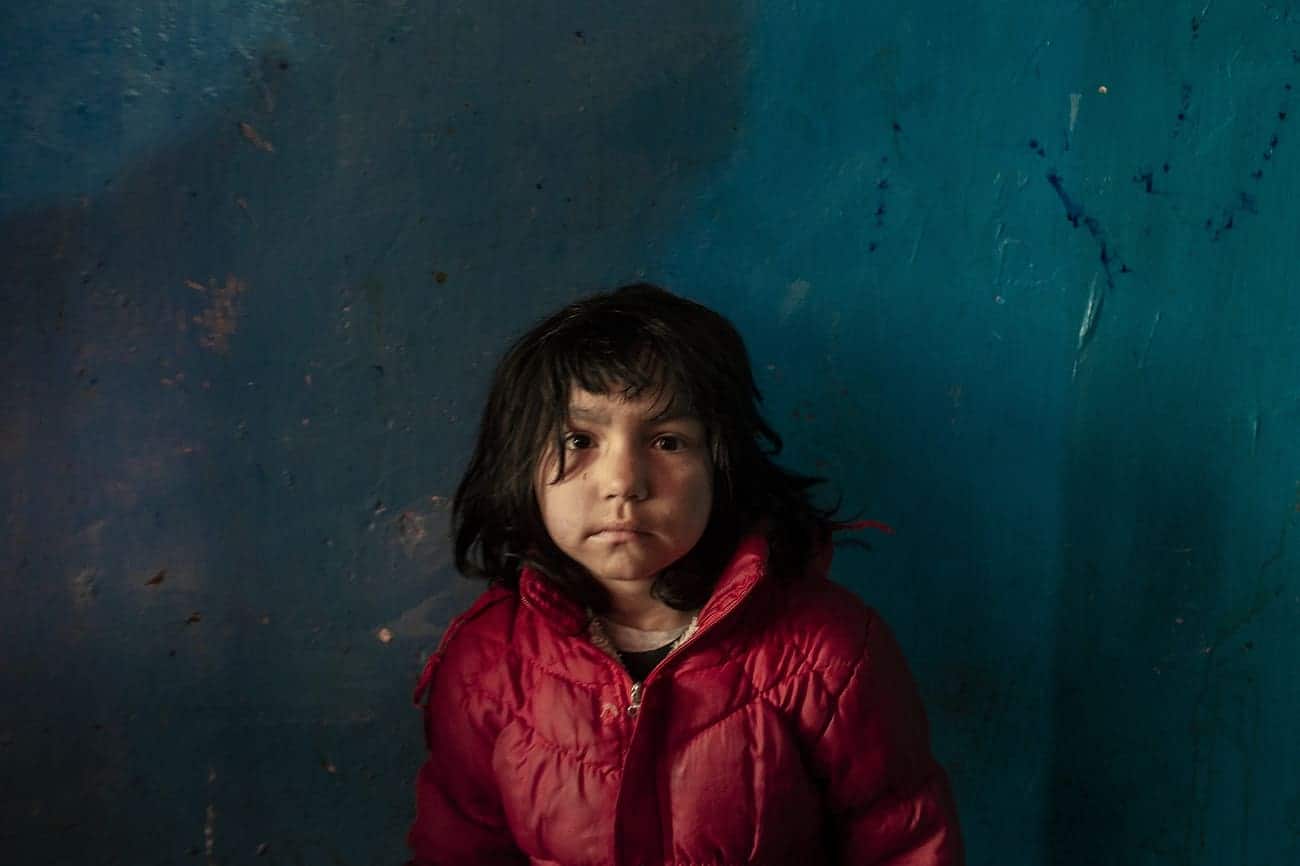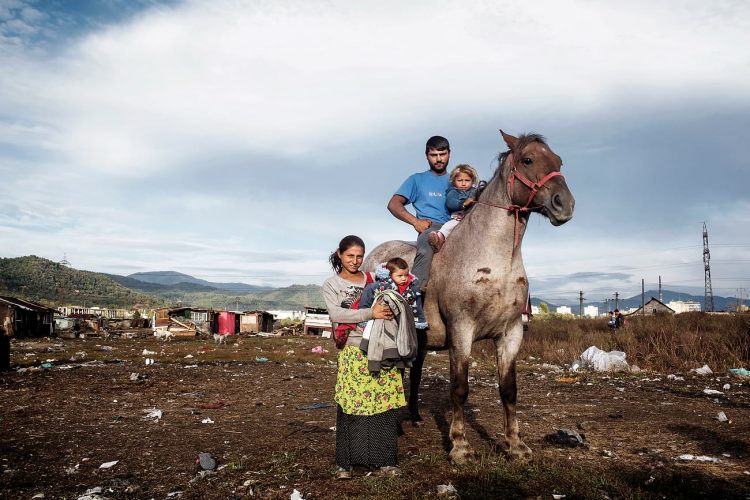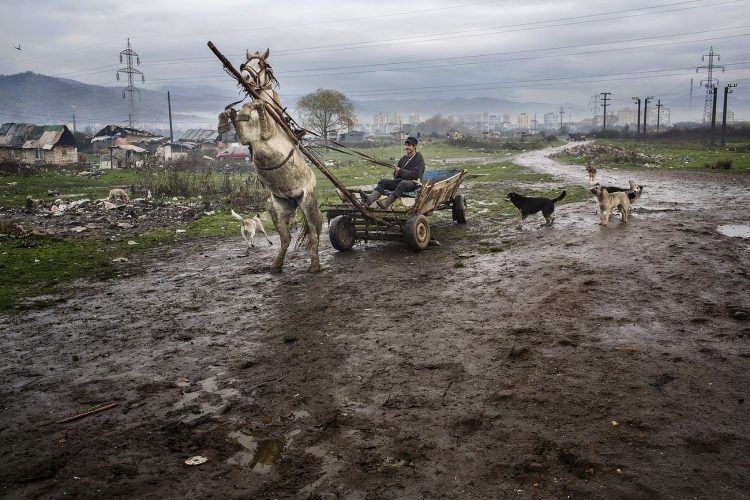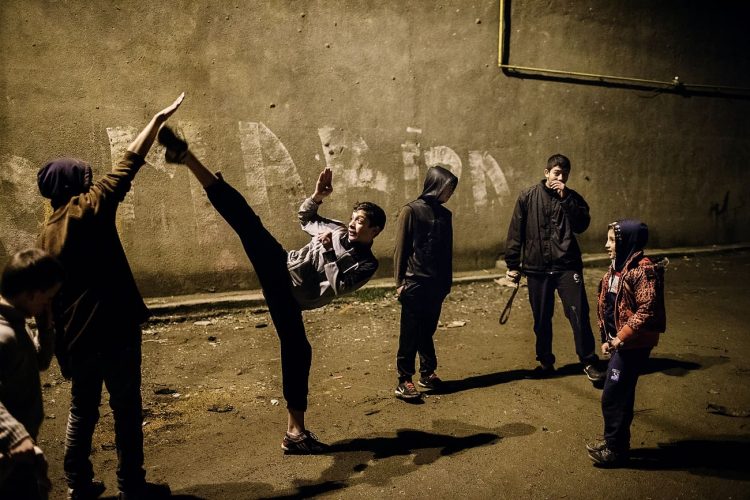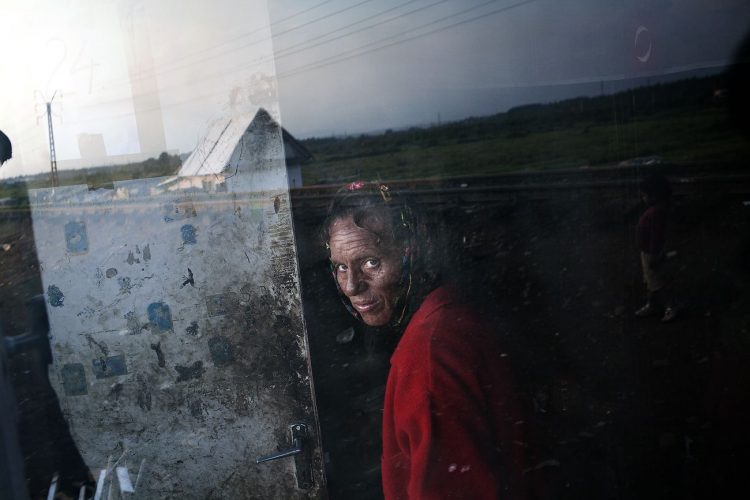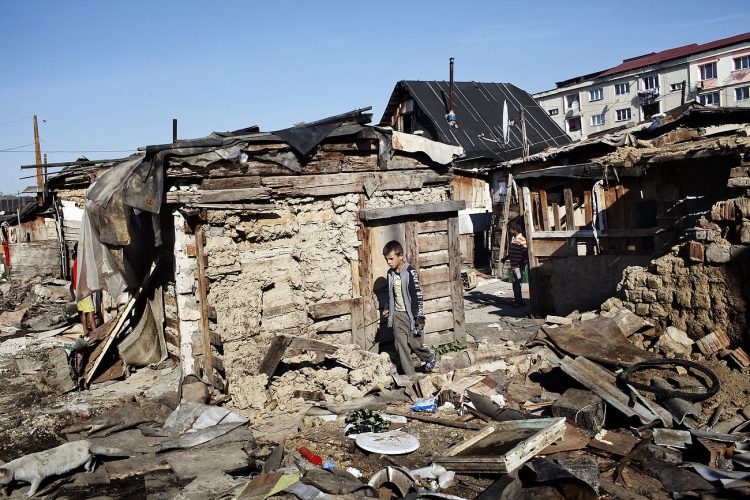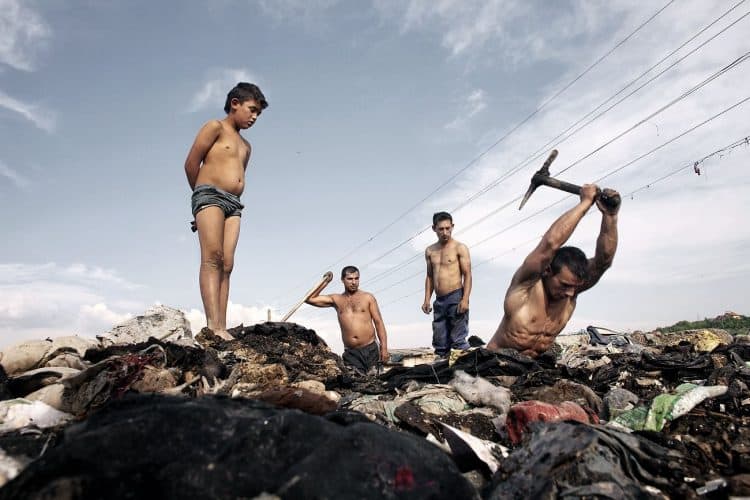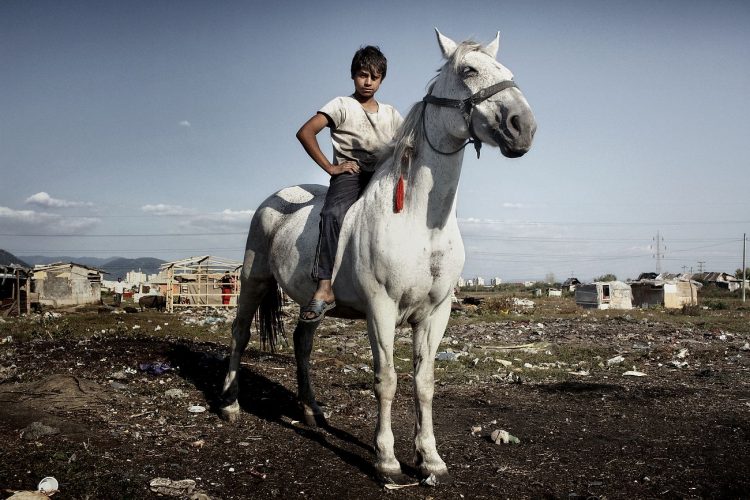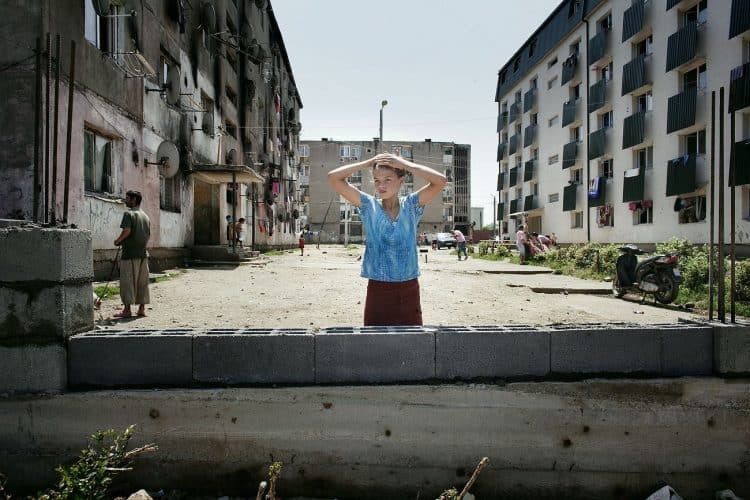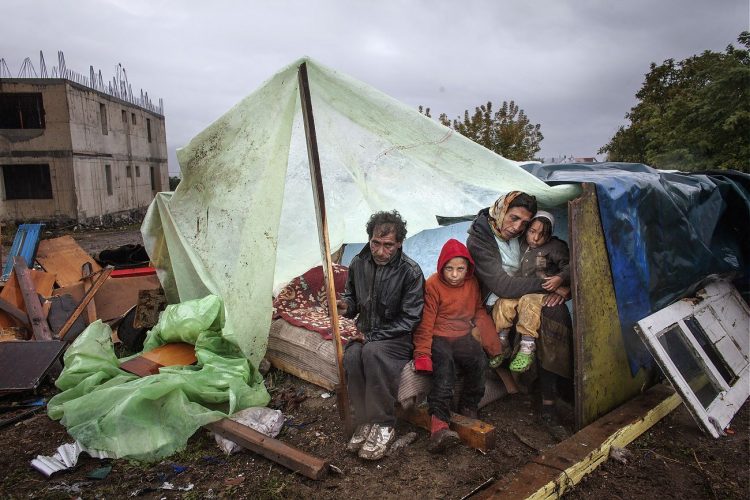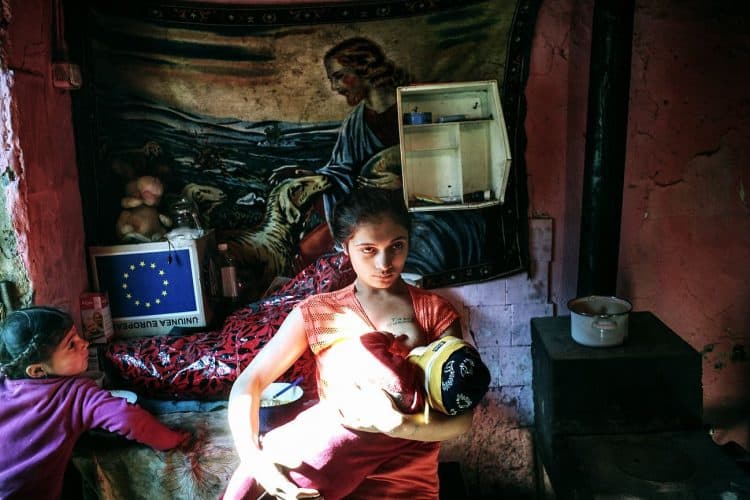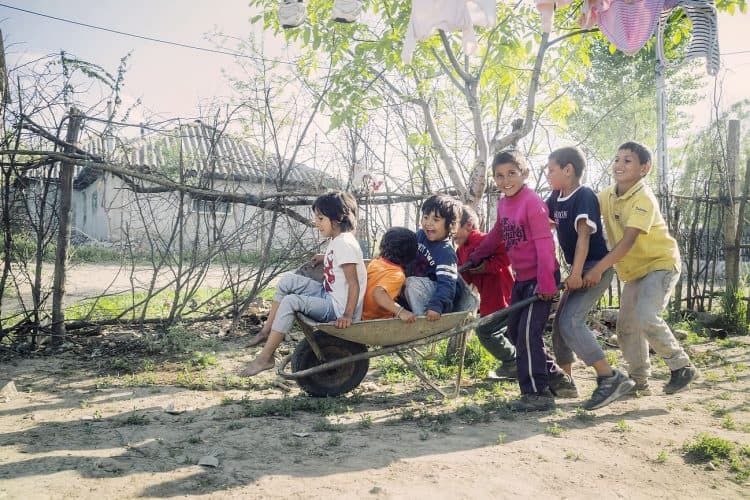That first assignment back in 2011 was to document the construction of a wall which effectively created a Roma ghetto in a dilapidated social housing complex on the city’s notorious Horea street. During that same mission he made his first contact with the Roma community in the settlement known as Craica and became aware of the threat of eviction by the city mayor that was building on their horizon. Recognizing the harsh reality that faced these people he assisted representatives of a Roma NGO to prepare for a public debate to ensure that they could have appropriate responses to each possible scenario. During this visit he received a veiled threat by a Roma loan shark known as Pise, who said that the Mayor of the city had asked him and his henchmen if they could make Varzariu “decide to leave.” Pise claimed to have responded to the mayor by asking “Why should I do this?” he is only here to help the Roma.”
The message was simple but Varzariu chose to ignore it. The harassment continued for several days and took on various forms, from outright threats to Pise’s entourage working to convince and threaten other members of the Roma community to be uncooperative. Claiming Varzariu was, after all, only getting rich from their hardship, from their misery. In an eventual showdown with Pise, Varzariu offered to give him all the pictures he had ever taken of Roma in the area, both current ones and those from previous assignments, provided that Pise and his family live for one year from the income generated by those pictures. The crowds that had gathered erupted with laughter and with the tensions diffused, the threats were of no further use. So Pise and his henchmen faded into the background once again. “I am sure that Pise’s threats were only half hearted,” Says Varzariu, “No matter how much he told people I was only there to exploit them for my own gain, he could see my efforts to help the Roma were genuine, but he also had to be able to tell the mayor that he had tried to get rid of me.”
